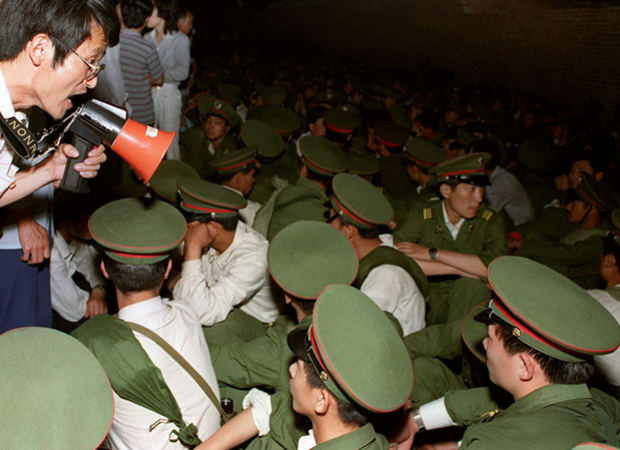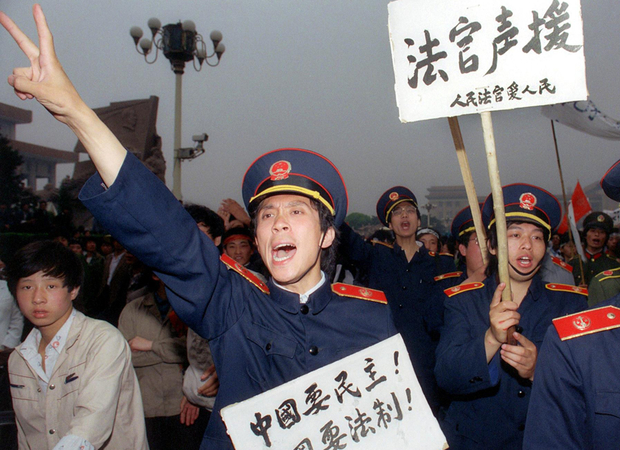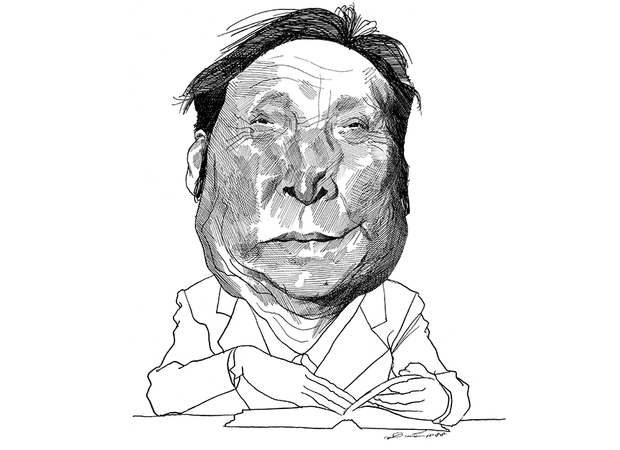New York Review of Books
From their website:
The New York Review began during the New York publishing strike of 1963, when its founding editors, Robert Silvers and Barbara Epstein, and their friends, decided to create a new kind of magazine—one in which the most interesting and qualified minds of our time would discuss current books and issues in depth. Just as importantly, it was determined that the Review should be an independent publication; it began life as an independent editorial voice and it remains independent today.
The New York Review’s early issues included articles by such writers as W.H. Auden,Elizabeth Hardwick, Hannah Arendt, Edmund Wilson, Susan Sontag, Robert Penn Warren, Lilian Hellman, Norman Mailer, Gore Vidal, Saul Bellow, Robert Lowell,Truman Capote, William Styron, and Mary McCarthy. The public responded by buying up practically all the copies printed and writing thousands of letters to demand that The New York Review continue publication. And Robert Silvers and Barbara Epstein continued as co-editors of the Review until Barbara’s death in 2006; Robert Silvers continues as editor.
Within a short time, The New York Times was writing that The New York Review “has succeeded brilliantly,” The New Statesman hailed its founding as “of more cultural import than the opening of Lincoln Center,” and the great English art historian Kenneth Clark observed, “I have never known such a high standard of reviewing.” The unprecedented and enthusiastic response was indicative of how badly America needed a literary and critical journal based on the assumption that the discussion of important books was itself an indispensable literary activity.
The NYRB China Archive
10.12.89After the Massacres
from New York Review of BooksThe NYRB China Archive
09.28.89
Why China’s Rulers Fear Democracy
from New York Review of BooksThe NYRB China Archive
07.20.89
The End of the Chinese Revolution
from New York Review of BooksThe NYRB China Archive
07.20.89The Curse of the Man Who Could See the Little Fish at the Bottom of the Ocean
from New York Review of BooksThe NYRB China Archive
07.20.89Letters from the Other China
from New York Review of BooksThe NYRB China Archive
06.29.89The Chinese Intellectuals and the Revolt
from New York Review of BooksThe NYRB China Archive
06.29.89China’s Spring
from New York Review of BooksThe NYRB China Archive
06.29.89The Incredible Shrinking Man
from New York Review of BooksThe NYRB China Archive
04.27.89Mao and Snow
from New York Review of BooksThe NYRB China Archive
02.16.89Message from Mao
from New York Review of BooksThe NYRB China Archive
02.02.89China’s Despair and China’s Hope
from New York Review of BooksThe NYRB China Archive
01.19.89



